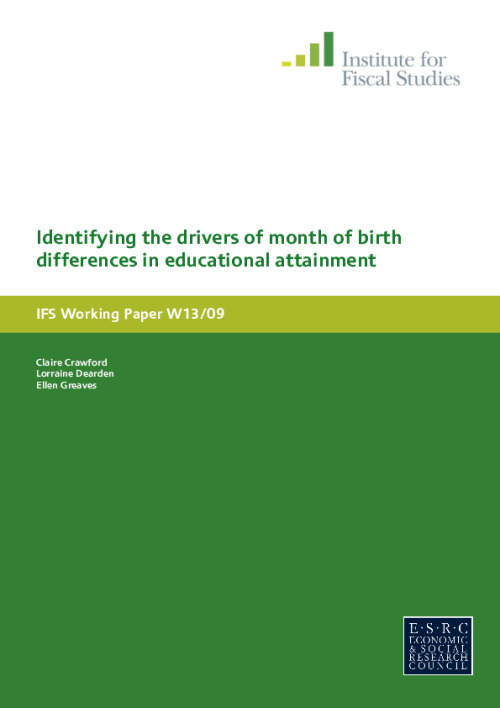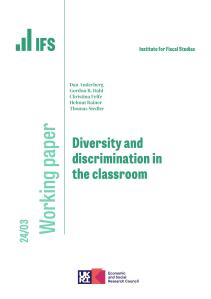Children born at the end of the academic year have lower educational attainment, on average, than those born at the start of the academic year. Previous research shows that the difference is most pronounced early in pupils’ school lives, but remains evident and statistically significant in high-stakes exams taken at the end of compulsory schooling. To determine the most appropriate policy response, it is vital to understand which of the four possible factors (age at test, age of starting school, length of schooling and relative age without cohort) lead to these differences in attainment between those born at different points in the academic year. However, research to date has been unable to adequately address this problem, as the four potential drivers are all highly correlated with one another, and three of the four form an exact linear relationship (age at test = age of starting school + length of schooling). This paper is the first to apply the principle of maximum entropy to this problem. Using two complementary sources of data we find that a child’s age at the time they take the test is the most important driver of the differences observed, which suggests that age-adjusting national achievement test scores is likely to be the most appropriate policy response to ensure that children born towards the end of the year are not at a disadvantage simply because they are younger when they take their exams.
This working paper is supplemented by an online appendix which can be viewed here











